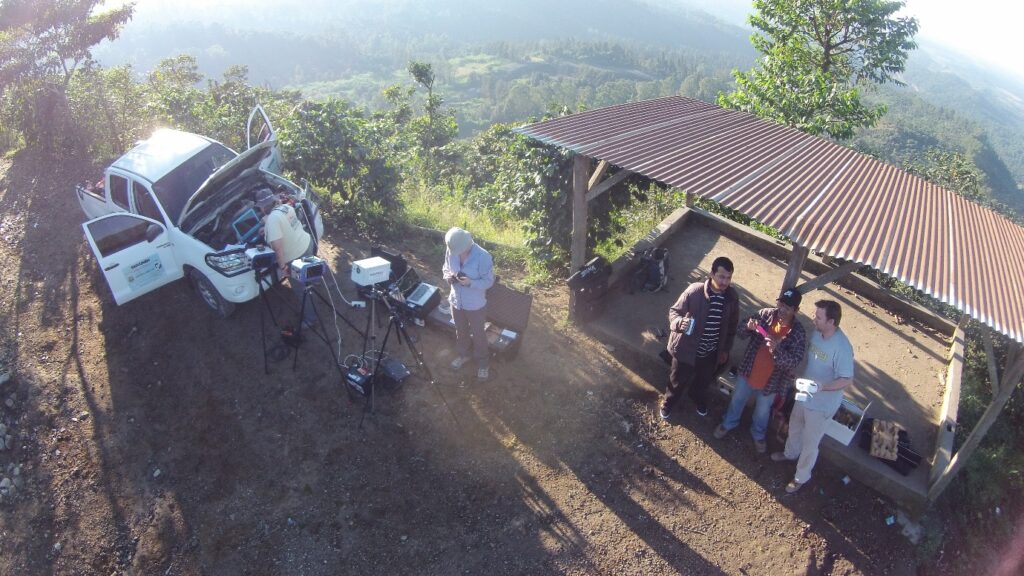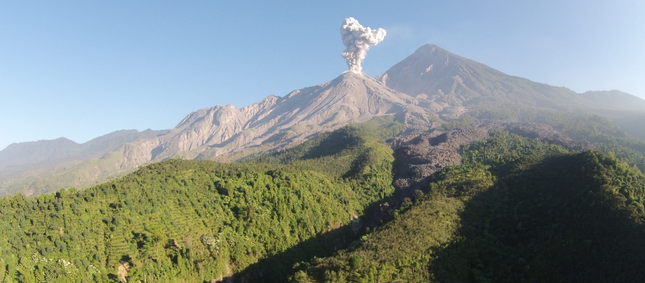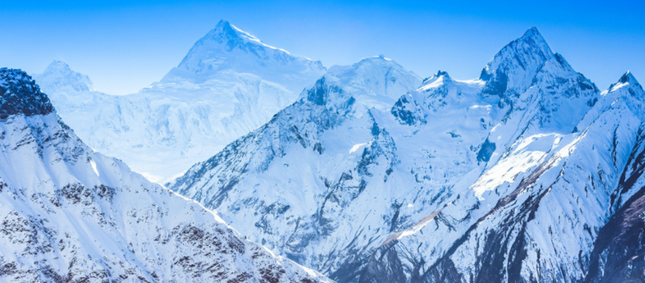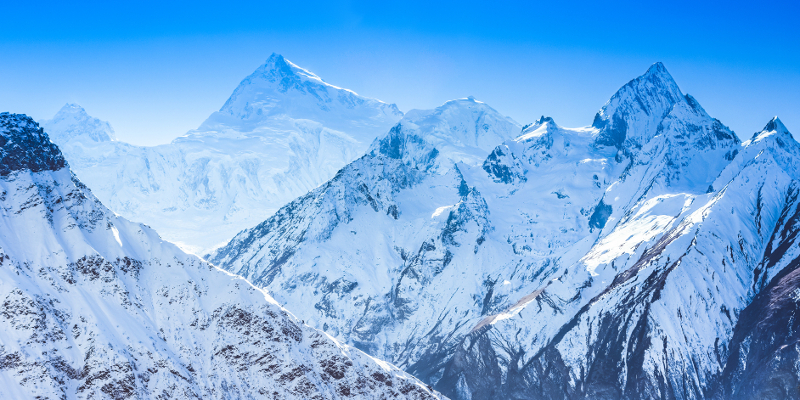Scientists from COMET are participating in a workshop, funded by the US National Science Foundation, to study Santiaguito volcano, Guatemala.

Matt Watson, Luke Western and Kate Wilkins have been in Guatemala since January 2nd, acquiring data with a range of instruments including three UV camera systems, three additional mini-UV spectrometers, a multispectral infrared camera, a lightweight infrared camera and a Phantom II Small Unmanned Aerial System (SUAS).

The meeting, the first in a series of scientific and educational workshops to be held at an active laboratory volcano every two to three years, is lead by a selection of principal scientists who have different field-based data collection expertise.
They, along with students and local scientists, conducted fieldwork just prior to the formal workshop. During the main phase of the workshop additional participants, including other students and professionals, arrived and had an opportunity to both observe the field installations and participate in data collection.
Formal lectures, on both measurement techniques and recent findings on shallow conduit processes at Santiaguito, were given by the principal scientists on January 5th. Different groups then headed out for four days to make various observations and measurements of the volcano.
The focus for the following two days, the last of the workshop, was on breakout groups and hands‐on analysis of the multiple data types that were collected concurrently. Everyone participating in the workshop, including students and principal scientists, shared and received all the data products at the end of the workshop.
Following the workshop, analytical results, tools, and integrated products will be delivered to the participants and published electronically for the broader community.
Watson, Western and Wilkins, with Helen Thomas from Nicarnica Aviation, are now heading to both Pacaya and Fuego volcanoes. At Pacaya they hope to undertake a drone survey of the crater by adapting the Phantom II to fly the lightweight IR camera. At Fuego, they will acquire more imaging and spectral measurements of the volcano’s emissions and investigate installation of the multispectral infrared camera.



